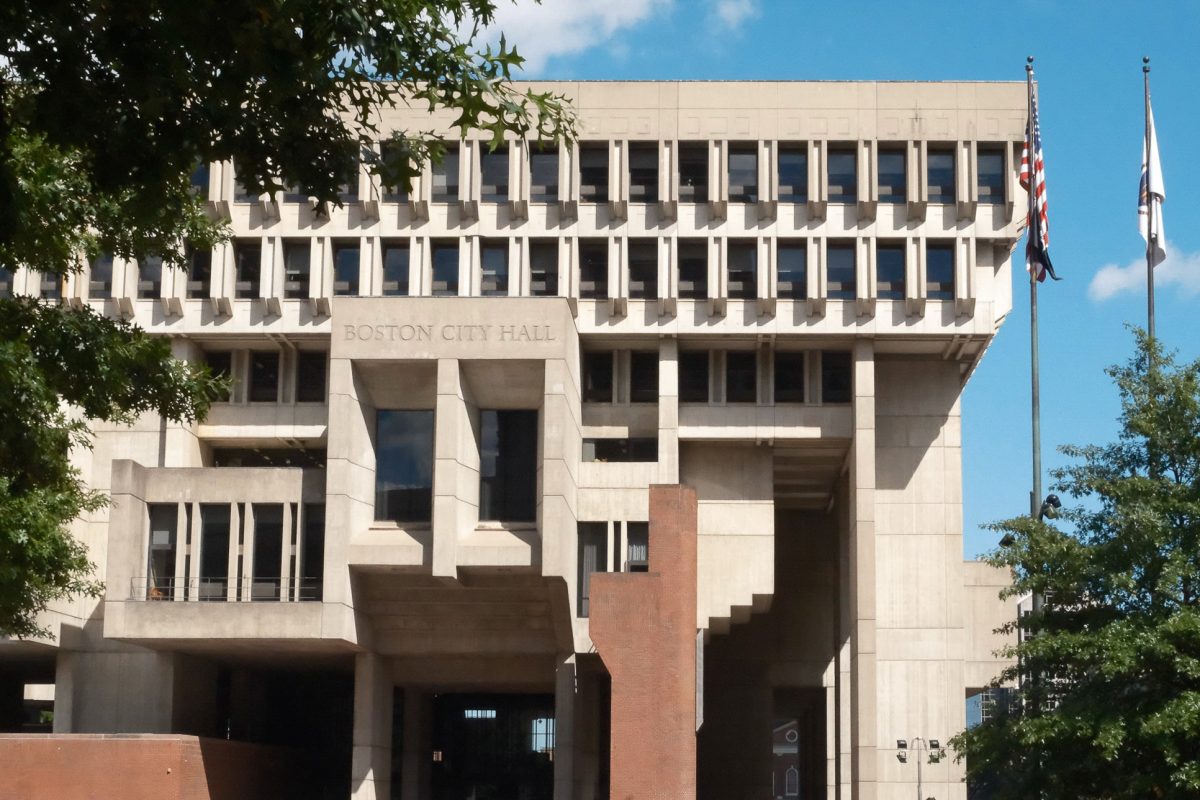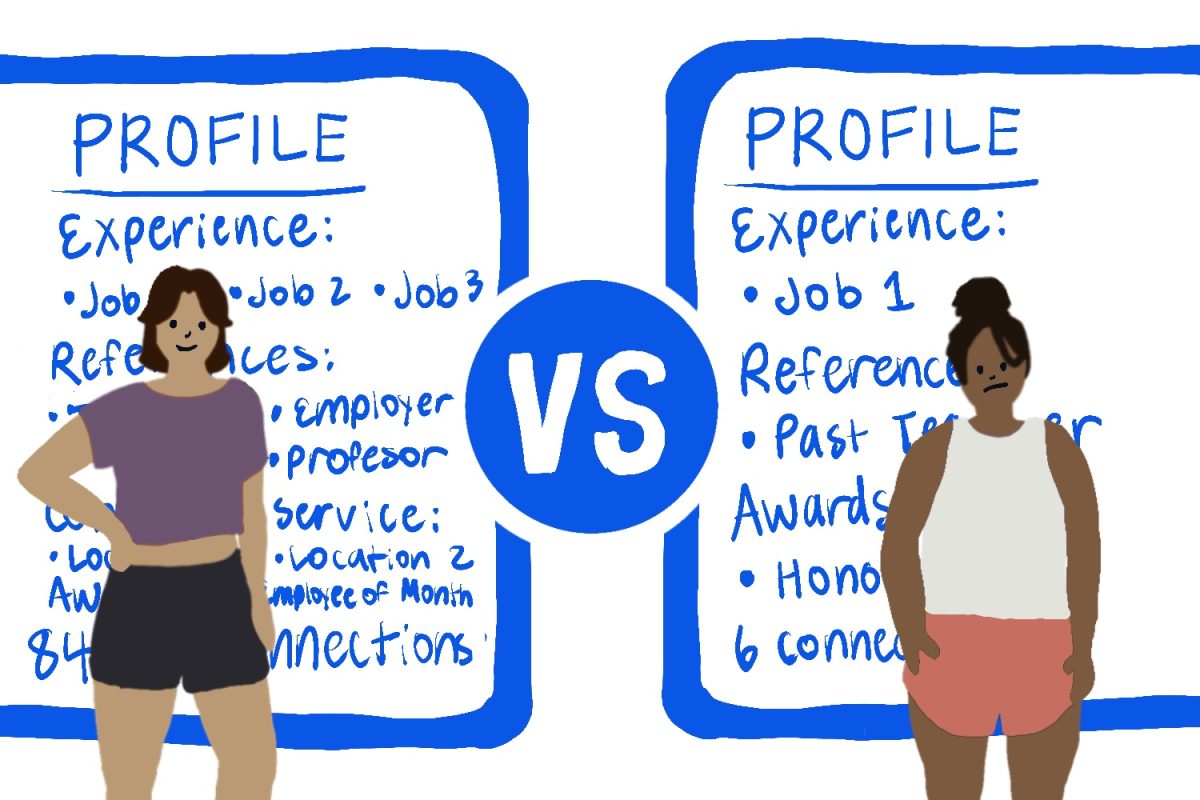The City of Cambridge’s story since the late 1970s revolves largely around the influx of biotechnology and pharmaceutical firms — particularly in the Kendall Square area — whose presence has increased the population and caused high-skilled labor to displace middle- and low-income workers. These pressures increased housing prices drastically, thereby creating a loop that further locked out working families and stripped the city of its socioeconomic diversity.
As Barbara Taggart, a resident of Cambridge since 1977, told The Harvard Crimson in February, “It was a working class neighborhood back then, and it was diverse. That, we’ve lost over the years.”
The American Communities Survey corroborates this assessment. Since 1989, Cambridge’s median income rose 37.2 percent, after adjustments for inflation. The real median household income for the United States as a whole remained relatively unchanged during the same period, according to the Federal Reserve Bank of St. Louis.
Early on, the city managed to maintain affordable housing options by imposing rent control, which it adopted in 1970. In 1994, however, a state ballot initiative simply called Question 9 banned rent control in the commonwealth. This measure handicapped the Cambridge’s ability to retain affordable housing for middle- and low-income residents. Two decades later, a problem that the city barely had under control has been severely exacerbated.
According to the Cambridge Inclusionary Housing Study published Monday, increases in rents and sales prices have outstripped the area’s median income ever since 1997, shortly after the end of rent control. This sharply reduces housing affordability and socioeconomic diversity. In respect to the latter, the study noted that between 2000 and 2011, the proportion of households making between 50 and 100 percent of the area’s median income dropped from 27 percent to 18 percent, while the proportion of the population making over 120 percent of the area’s median income rose from 35 to 47 percent.
In response to this study, City Manager Richard Rossi proposed Monday an increase in the proportion of new development that is required to be kept affordable under the Cambridge Inclusionary Housing Program. Passed by the Cambridge City Council in 1998 to replace rent control, the program requires new buildings larger than a specified size to make 15 percent of new units affordable for middle- and low-income residents. Effectively, only about 11.5 percent of all units have received this designation. Rossi’s proposal would aim to put this number between 17 and 20 percent.
The City Council should adopt this proposal and consider an even higher target. The Inclusionary Housing Program is qualitatively one of the best in the nation.
Unlike other cities, Cambridge’s program requires affordable-housing units to be built on-site with market price units, and does not allow them to be smaller or qualitatively inferior. This means that middle- and low-income residents are integrated with the community and offered the same housing options in terms of location and quality as high-income residents. Elsewhere, developers are allowed to build the affordable housing off-site. This leads to socioeconomically, and often racially segregated, communities.
With a higher target, Cambridge can expand this exceptional program to keep up the pace with the rise in prices.
The Cambridge City Council should also consider another boost to its linkage fee, which is essentially a tax per square foot levied on developers to fund the Cambridge Affordable Housing Trust.
Last year, the City Council raised the fee from $4.58 to $12, though some city councilors advocated for a fee as high as $24, according to the Cambridge Chronicle. These councilors, namely Dennis Carlone and Nadeem Mazen, argued that the effects of levying this fee on new construction would be negligible on developers.
If Carlone and Mazen were correct, the result would be increased revenue dedicated to affordable housing, with no reduction in development.
If they were wrong and the fee does inhibit development, it would not necessarily be bad for Cambridge. The effects of new development ripple through the community by increasing the prices of adjacent housing. An increased linkage fee can slow this down while creating revenue for the Affordable Housing Trust.
Finally, Cambridge must put more pressure on its two major universities — The Massachusetts Institute of Technology and Harvard University — to house more of their graduate students. Presently, MIT and Harvard house only 38 and 45 percent, respectively, according to the Harvard Chronicle.
Graduate students often squeeze middle- and low-income residents out of affordable housing because they can divide rents by four people, whereas a family must pay rent out of just one or two incomes. Since the universities certainly have the money, the city should encourage them to house more students in order to increase the housing stock for middle- and low-income residents.
Implementing these three initiatives could once again make Cambridge a vibrant and diverse city.





















































































































Kobe Yank-Jacobs • Apr 26, 2016 at 3:10 am
In 2013, the Boston Redevelopment Authority approved Harvard’s Institutional Master Plan to build in Allston, including one space that will have residential units.
The Harvard Crimson stories are here:
http://www.thecrimson.com/article/2013/10/18/imp-harvard-boston-authority/?page=2
http://www.thecrimson.com/article/2013/4/15/barrys_corner_projects_approved/
Desmond Molloy • Apr 19, 2016 at 5:42 pm
One thought–if Harvard and MIT have to build more graduate housing, won’t that itself take up space? My only concern is that the city councilors would block any new construction of dorms.